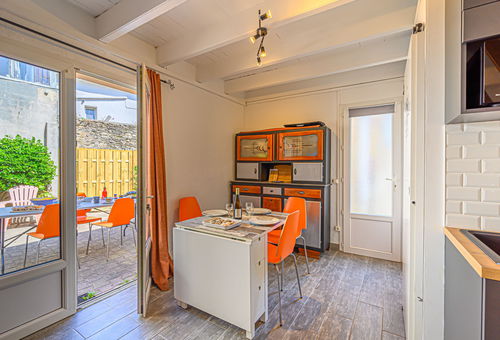Quiberon, an endemic flora and fauna
Fauna
Birds are more represented with, of course, the seagull and the gull. To distinguish them, it is necessary to know that the gull is more massive and has a yellow beak whereas the seagull is finer with a red beak. Herring gull, great Black-backed gulls, and brown gulls are present throughout the year, but many other species can be seen in fall and winter.
The rocks and beaches of the Pointe de Conguel offer a stopover for wintering birds, especially the Pied Eaters, Sandpipers and Brant Geese. In the spring, the cliffs of the Côte Sauvage welcome the lovely Northern Wheatear coming back from Africa, a rare migratory passerine in Brittany. It is called white ass because of the white square that is observed when in flight.
So as to fully appreciate the bird watching, guided tours are offered by the Syndicat Mixte Grand Site Gâvres Quiberon throughout the year.
The flora
Along the Côte Sauvage you will discover a unique and sensitive environment. At the top of the cliffs, a natural lawn forms a vegetal carpet with a thousand shades varying with the seasons: soft green in the spring and then pink when the Maritime Armory and the Carnation cliffs bloom, the lawn yellowed with summer. Set back from the coastal road, the lawns make way for a heath just as colorful with its heather and gorse gorse.
On the dunes of the Pointe de Conguel, the immortal yellow of the dunes gives off a curry smell from June. It is associated with lichens and mosses that stabilize the sand. Round-headed garlic displays its violet flower among the hare tails all over the dunes. The maritime panicaut, similar to a thistle, illustrates the resistance to lack of water in these sandy environments. Finally, the delicate rose pimprenelle or one of the 7 orchids species of the peninsula: Ophrys passion, are more rare to observe.



